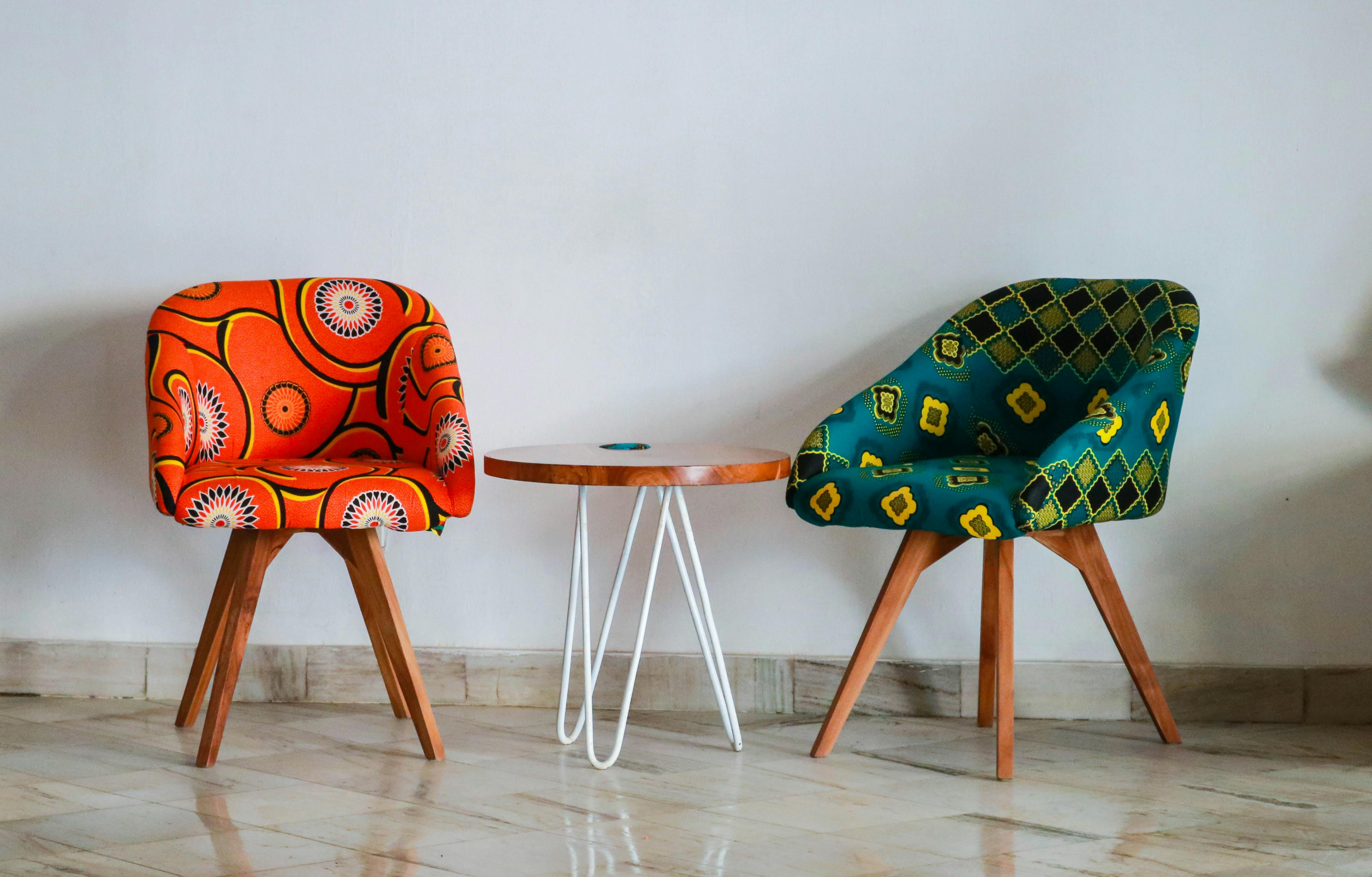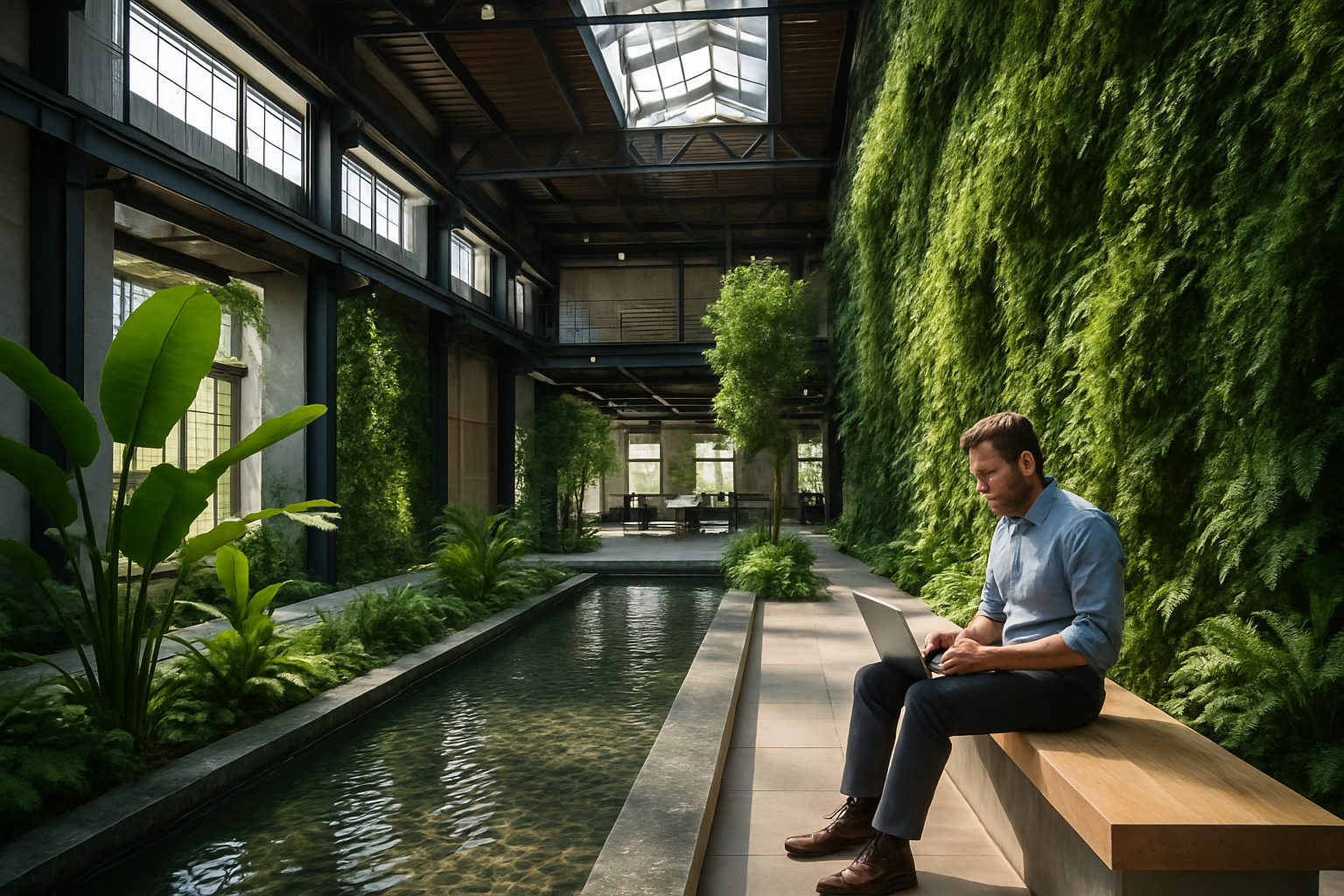Bringing the Outdoors In: The Rise of Biomorphic Furniture Design
The fusion of nature and interior design takes on a new dimension with the emergence of biomorphic furniture. This avant-garde trend marries organic forms with functional home pieces, creating a harmonious blend of the natural world and modern living spaces. As urban dwellers yearn for stronger connections to nature, biomorphic furniture offers a fresh, sophisticated solution that's capturing the imagination of designers and homeowners alike.

The resurgence of interest in biomorphic forms in furniture can be attributed to a growing desire for softer, more nurturing environments in our increasingly digital world. As we spend more time indoors, surrounded by technology, there’s a natural inclination to seek out elements that remind us of the outdoors. Biomorphic furniture serves as a bridge between our modern lifestyles and our innate connection to nature.
Defining Characteristics of Biomorphic Furniture
Biomorphic furniture is characterized by its fluid, organic shapes that mimic forms found in nature. These pieces often feature curved lines, asymmetrical designs, and soft edges that stand in stark contrast to the angular, geometric shapes typically associated with modern furniture. Common inspirations include the undulating forms of river rocks, the graceful curves of flower petals, and the sinuous lines of vines and tree branches.
Materials play a crucial role in biomorphic furniture design. While traditional materials like wood and metal are still used, designers are increasingly turning to innovative composites and sustainable alternatives. Recycled plastics, bio-based resins, and even mycelium (fungal threads) are being explored as eco-friendly options that can be molded into complex, nature-inspired shapes.
The Psychology of Biomorphic Design
The appeal of biomorphic furniture goes beyond aesthetics – it taps into our psychological need for connection with nature. Biophilic design, which incorporates natural elements into built environments, has been shown to reduce stress, improve cognitive function, and enhance overall well-being. Biomorphic furniture takes this concept a step further by bringing nature-inspired forms directly into our living spaces.
Studies have shown that exposure to organic shapes and patterns can have a calming effect on the human mind. The soft, flowing lines of biomorphic furniture create a sense of visual comfort, counteracting the harsh angles and straight lines that dominate many modern interiors. This subtle shift in our surroundings can contribute to a more relaxed and harmonious living environment.
Incorporating Biomorphic Furniture into Home Design
Integrating biomorphic furniture into existing interiors requires a thoughtful approach. These pieces often serve as statement items, drawing attention and creating visual interest within a space. A single biomorphic chair or table can become the focal point of a room, anchoring the design and setting the tone for the entire space.
For a cohesive look, designers recommend pairing biomorphic furniture with neutral color palettes and natural materials. Earthy tones, soft textures, and organic fabrics complement the flowing lines of biomorphic pieces, creating a seamless blend of form and function. Lighting also plays a crucial role – soft, diffused light enhances the sculptural qualities of biomorphic furniture, creating interesting shadows and highlighting its unique contours.
The Future of Biomorphic Furniture Design
As technology continues to advance, the possibilities for biomorphic furniture design are expanding. 3D printing and computational design are allowing for the creation of increasingly complex and intricate forms that were previously impossible to manufacture. This opens up new avenues for customization, enabling designers to create bespoke pieces tailored to individual spaces and preferences.
The sustainability aspect of biomorphic furniture is also likely to evolve. As consumers become more environmentally conscious, there’s a growing demand for furniture that not only looks natural but is also produced in an eco-friendly manner. This is driving innovation in materials and manufacturing processes, with some designers exploring biodegradable options and closed-loop production systems.
Challenges and Considerations
While biomorphic furniture offers exciting possibilities for interior design, it’s not without its challenges. The unique shapes and forms of these pieces can make them difficult to mass-produce, often resulting in higher price points. Additionally, the bold nature of biomorphic design may not appeal to everyone, and some homeowners might find it challenging to integrate these statement pieces into their existing decor.
Maintenance can also be a concern, particularly for pieces with complex curves and crevices that can trap dust and debris. Designers are addressing this by developing innovative surface treatments and considering ease of cleaning in their initial designs.
Conclusion: A New Paradigm in Interior Design
Biomorphic furniture represents a significant shift in how we approach interior design. By bringing nature-inspired forms into our homes, we’re not just creating visually striking spaces – we’re fostering environments that support our well-being and reconnect us with the natural world. As this trend continues to evolve, it promises to reshape our living spaces, blurring the lines between indoors and outdoors and creating interiors that are both beautiful and nurturing. The rise of biomorphic furniture design is more than just a passing fad – it’s a reflection of our deeper desire to live in harmony with nature, even within the confines of our modern homes.





